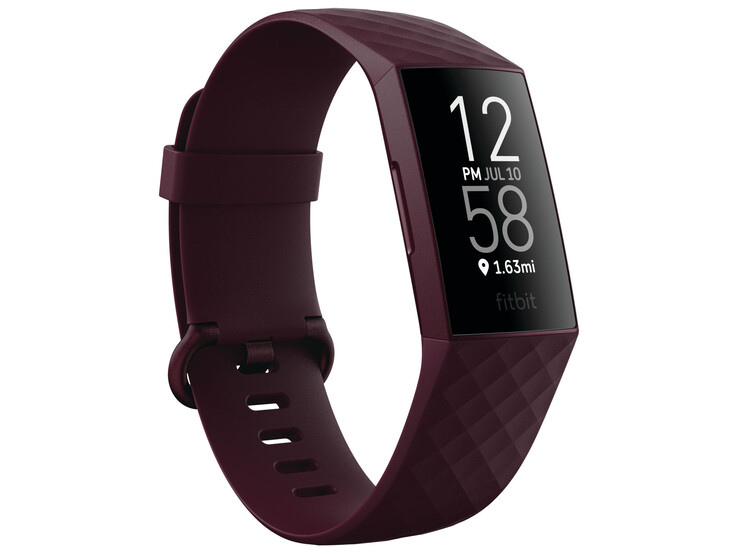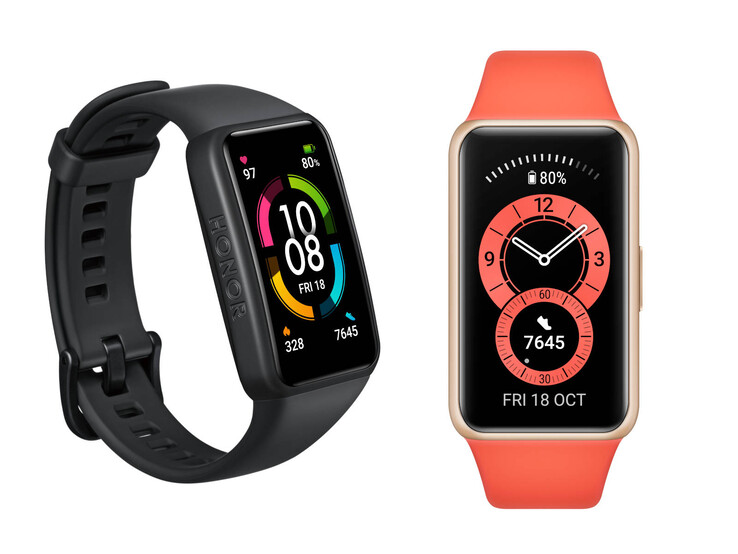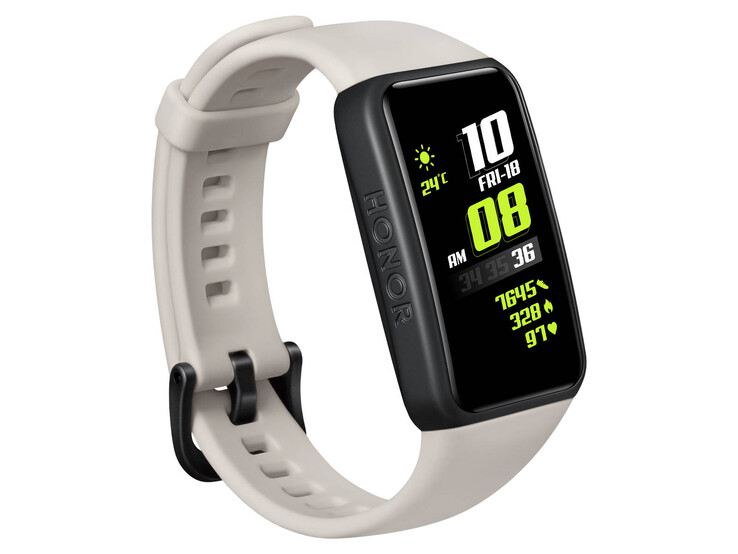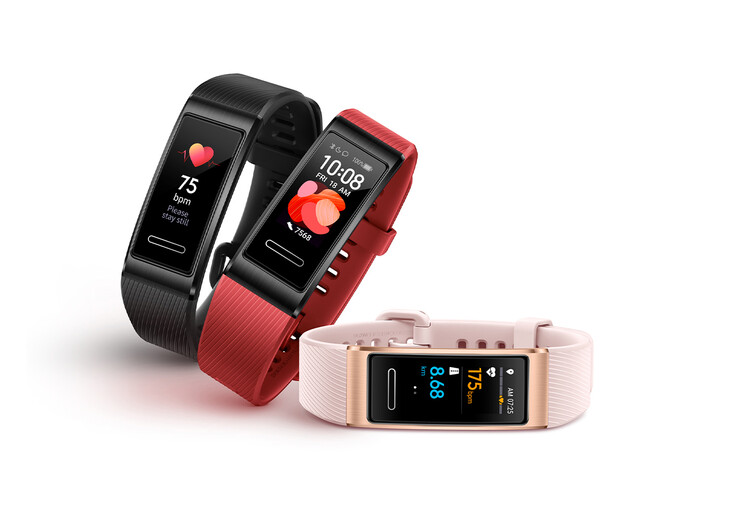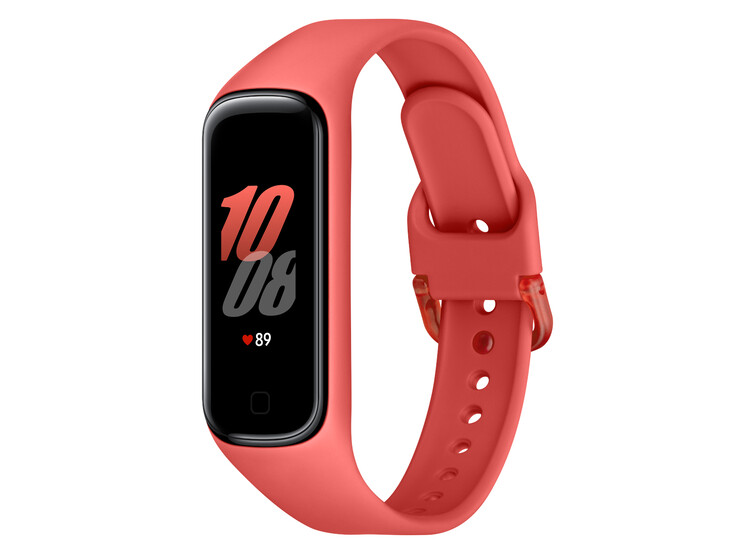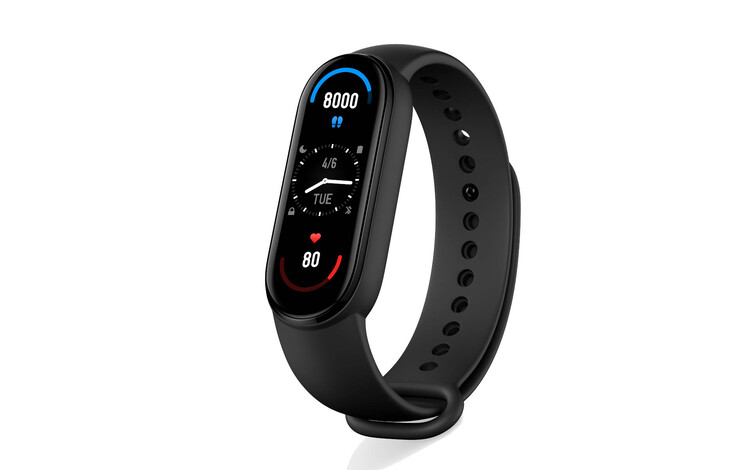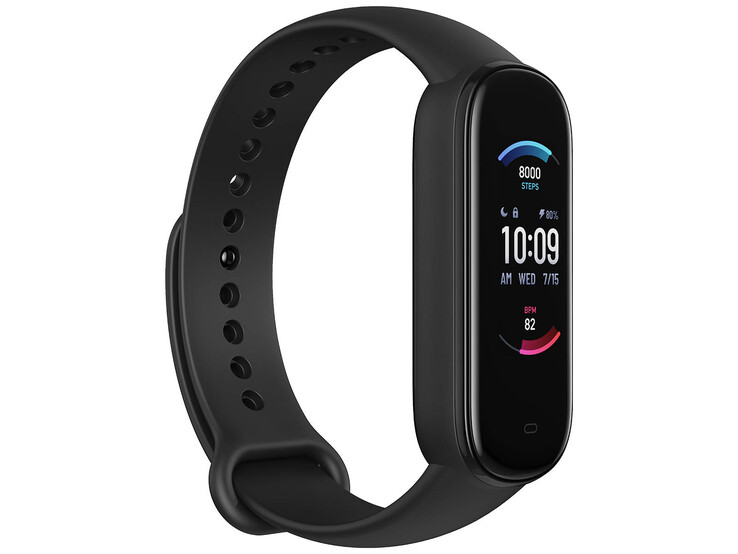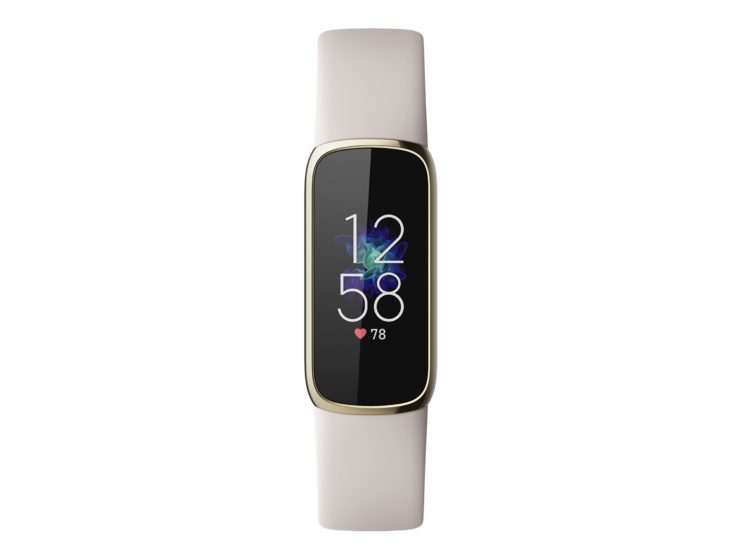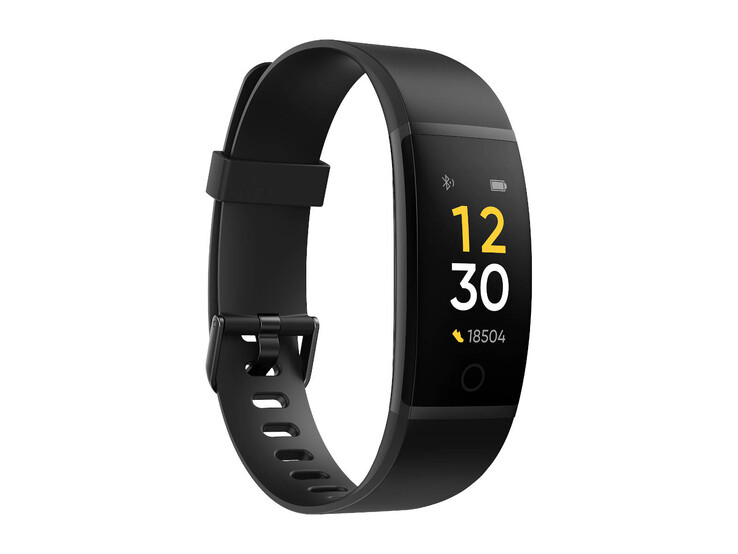The Best Fitness Trackers
Fitness trackers can be used to display notifications, alarms, or to control music on your smartphone. Most importantly, however, they are supposed to monitor your heart rate, your sleep, and motivate us to be more active and exercise more often.
The amount of information provided by each tracker differs from one device to the next and depends on the built-in hardware. Some optical sensors can only monitor heart rate while others are capable of measuring your blood oxygen levels (SpO2). Motion sensors count your steps and barometers are capable of detecting changes in altitude, and the combination of both can be used to monitor your fitness more accurately or at least provide you with information about how many flights of stairs you climbed, at least in theory.
Those who exercise often and regularly may even be able to benefit financially as many health insurance providers have incentive programs rewarding those who are more active. In these cases you need to be able to connect your device to Google Fit or Apple Health in order to sync your workouts with your health insurance’s platform. In order to find out how well this works we connect all trackers reviewed to both platforms and provide you with the information gathered during this process in our review.
Modern smartwatches often offer many of the features fitness trackers do as well. You can find our top list of smartwatches here:
The Best Fitness Trackers
Rank | Date | Model | Image | Size | Weight | waterproof | Water proof | Sensors | Buttons | GPS | Screen Type | Resolution | Battery (mAh) | Fast Charging | Wireless Charging | Speaker |
|---|---|---|---|---|---|---|---|---|---|---|---|---|---|---|---|---|
| 1 | Fitbit Charge 4 | 1.54" | 26 g | ⊕ | Altimeter, 3-axis accelerometer, Optical heart rate | 1 Button | ⊕ | Monochrom OLED | x | ⊖ | ⊖ | ⊖ | ⊖ | |||
| 2 | 04 / 2021 | Huawei Band 6 | 1.47" | 18 g | ⊖ | 6-axis IMU sensor: Accelerator, gyroscope, optical heart rate | 1 button | ⊖ | OLED | 368x194 | 180 mAh | ⊕ | ⊖ | ⊖ | ⊖ | |
| 3 | 04 / 2021 | Honor Band 6 | 1.47" | ⊕ | Optical Heart Rate | 1 button | ⊖ | AMOLED | 194x368 | ⊕ | ⊖ | ⊖ | ⊖ | |||
| 4 | 01 / 2020 | Huawei Band 4 Pro | 0.95" | 25 g | ⊕ | Accelerometer, gyroscope, optical heart rate sensor, infrared wear sensor | ⊕ | AMOLED | 240x120 | 100 mAh | ⊖ | ⊖ | ||||
| 5 | 12 / 2020 | Samsung Galaxy Fit2 | 1.10" | 21 g | ⊕ | Accelerator, Gyroscope, Optical heart rate | ⊖ | AMOLED | 294x126 | 159 mAh | ⊖ | ⊖ | ||||
| 6 | 06 / 2021 | Xiaomi Mi Smart Band 6 | 1.56" | 12.8 g | ⊕ | Low power-consumption 3-axis accelerometer, 3-axis gyroscope, PPG heart rate sensor | ⊖ | AMOLED | 152x486 | 125 mAh | ⊖ | ⊖ | ⊖ | ⊖ | ||
| 7 | 05 / 2021 | Huami Amazfit Band 5 | 1.10" | 12 g | ⊕ | PPG Bio-Tracking Optical Sensor, 3-axis acceleration sensor, 3-axis gyroscope sensor | Soft-Button | ⊖ | AMOLED | 126x294 | 125 mAh | ⊖ | ⊖ | ⊖ | ⊕ | |
| 8 | 07 / 2021 New | Fitbit Luxe | 17 g | ⊕ | 3-axis accelerometer, optical heart rate monitor, vibration motor, red and infrared sensors for oxygen saturation (SpO2) monitoring | ⊖ | AMOLED | x | ⊖ | ⊖ | ⊖ | ⊖ | ||||
| 9 | 08 / 2020 | Realme Band | 0.96" | 20 g | ⊕ | 3-axis accelerometer, heart rate sensor | 1 virtual button | ⊖ | LCD | 80x160 | 90 mAh | ⊖ | ⊖ | ⊖ | ⊖ |
The table above contains an overview over the best fitness trackers reviewed by Notebookcheck over the course of the past 12 months as well as still relevant and available older products. In cases of identical score the more recent device is listed first. All prices in above table and price comparisons are updated daily and can thus differ.
1st – Fitbit Charge 4
The Fitbit app has been around for many years, and has evolved into a informative monitor for personal health and fitness. Compared to its predecessor the Charge 4 has been upgraded with a blood oxygen sensor, and its sleep monitor now detects breathing issues at night that might be caused by imminent sleep apnea.
During the day, the fitness tracker counts flights of stairs in addition to steps thanks to its built-in barometer – an additional motivator for many. Taking a walk or walking to the grocery store is automatically detected and recorded as activity.
During workouts the Charge 4 can notify you should your heart rate rise above a certain threshold and can thus be used to optimize one’s workout heartrate to remain within specific limits. When running the tracker will record the track with its built-in GPS modem, which is another novelty when compared to its Charge predecessors.
The Charge 4 is one of a few fitness trackers that supports mobile payment systems. In most cases, NFC can only be found on smartwatches and only rarely ever on fitness trackers.
Its biggest downside is the monochrome OLED display, as we noted in our review. With that said it does display its contents larger than most other admittedly smaller fitness trackers that often seem overloaded by comparison.
The Fitbit Charge 4 can be purchased through the usual retail channels, such as for example Amazon. Prices start at around $100.
Price comparison
2nd – Huawei Band 6
While other manufacturers seem to struggle with their respective SpO2 sensors Huawei’s fitness tracker is capable of monitoring your blood oxygen levels all day long, and it can even alert you if it drops below a predefined threshold. With a size of 1.47 inches the display is comparatively large.
The Band 6 is very similar to the Huawei Watch Fit and is very close to a smartwatch in terms of its capabilities.
With a total of 96 profiles its workout portfolio is quite extensive, and unlike most other trackers where you pick your favorites using the accompanying smartphone app the Band 6 allows you to pick them directly on the fitness tracker itself.
Some workouts, such as running or rowing, are detected automatically, and the tracker will remind you to turn on workout recording. For other workouts the tracker will record repetitions by itself.
The Huawei Band 6 is available on Amazon with prices starting at $60.
Price comparison
3rd – Honor Band 6
The Honor Band 6 is almost identical to Huawei’s identically named fitness tracker but does come with a few downsides. For example, it comes with fewer workout profiles, and its SpO2 sensor cannot measure blood oxygen levels continuously all day long.
However, when reviewing the Honor Band 6 we found the same workout detection and repetition recording as on the Huawei fitness tracker.
We particularly liked Honor’s smartphone app as it offers a visually pleasing and clutter-free display of health and fitness data.
Despite the fact that Honor and Huawei have separated recently their trackers continued to use the same Huawei app at the time of review. We particularly liked the app’s visualization of health and fitness data.
The Honor Band 6 is a bit cheaper than the Huawei Band 6 and starts at around $45. It is available through the usual retail channels, such as for example Amazon.
Price comparison
4th – Huawei Band 4 Pro
Despite the fact that the Huawei Band 4 Pro has been succeeded by the Band 6 (in case you are wondering Huawei skipped number 5 in their nomenclature) it remains a worthy alternative, and one that can even trump over its successor at times. Unlike the non-Pro bands, such as the Band 4 and Band 4e, the Band 4 Pro features a built-in GPS sensor. It also comes with a unique infrared sensor for monitoring your body temperature during workouts, an information which helps predicting calorie consumption more accurately.
Visually, the Band 4 Pro sticks out thanks to its brushed metal display bezel.
The case is waterproof up to 5 ATM and at 0.95 inches the display is smaller than on the Band 6. Even though the Band 4 Pro was almost 18 months old at the time of writing it offered many up-to-date features, such as counting strokes while swimming or rowing. Supported health monitoring features include sleep monitoring and displaying an alarm should your heartrate drop below or rise above preconfigured thresholds. The only thing missing is a blood oxygen sensor.
Due to its age the Band 4 Pro is no longer available in North America.
Price comparison
5th – Samsung Galaxy Fit 2
Samsung devices are generally well regarded for their good displays, and despite the fact that its brightness has to be adjusted manually the Galaxy Fit 2 is no exception by and large. Brightness adjustments as well as other features, such as DnD mode, are available through a quick settings menu that is more likely to be found on a smartwatch rather than a fitness tracker. Samsung will even allow you to customize the quick settings to your liking.
Almost all fitness trackers will display social media notifications. The Samsung tracker will even allow you to respond, albeit with a selection of preconfigured answers.
The accompanying health app is available in Google’s Play Store and Apple’s App Store. The tracker does thus not require a Samsung smartphone but will connect to any Android or iOS device. One of its highlights is the fact that while the tracker does require a smartphone app the app itself does not require you to sign up for an account. Good news for everyone wary of sharing their health and fitness data online.
The one major issue we encountered during our review was the fact that the tracker refused to record our track despite being connected to a smartphone with built-in GPS during the entire run.
The Fit 2 is available on Amazon with prices starting at $60.
Price comparison
6th – Xiaomi Mi Smart Band 6
The Mi Smart Band 6 by Xiaomi is a great fitness band, and with more than 3 million sold devices within the first two months of its launch a very popular one as well.
The Smart Band 6 is the first fitness tracker whose optical sensor we inspected very closely and can therefore say that it is not very well suited as health monitor. However, it remains a great device for tracking activities, recording workouts, and getting motivated.
In everyday use the Mi Band 6 surprised is with various useful features.
For example, it will display the weather, it includes a Pomodoro timer for focused working, and will includes camera and music controls for your smartphone, albeit the latter might not work with every smartphone out there. Apps and widgets can be individually customized.
Xiaomi’s Band 6 is very similar to the Huami Amazfit Band 5, see below, and also very similar to its own predecessor. Compared to these two it features a significantly larger display justifying its higher price.
Prices start at around $45, and the device is available among others on Amazon.
Price comparison
7th – Amazfit Band 5
The Huami Amazfit Band 5 is an affordable alternative to Xiaomi’s Band 6 and offers almost the same features as its more expensive role model, including motion sensors, alarms, timers, a stopwatch, a world clock, and smartphone remote controls. Health monitoring can be configured very comfortably, and the device is even capable of measuring your blood oxygen levels.
The inconspicuous Amazfit Band 5 by Huami features a microphone and supports Amazon’s Alexa voice assistant.
A small microphone on the side allows for voice input, for example to turn on smart bulb, activate smart plugs, or inquire about the weather that will then be displayed on the Band 5’s display. In addition, the weather can also be displayed via an included widget. With just 1.1 inches the display is fairly small compared to Xiaomi Band 6’s 1.56 inches.
Price comparison
8th – Fitbit Luxe
The Luxe fitness tracker is the product of a cooperation between Fitbit and jewelry brand Gorjana. Accordingly, the good-looking wearable is available with a gold-color link bracelet, a product aimed primarily at women. Alternatively, the Luxe (see our review here) is also available with silicone band in various colors, among others black. Regardless of band choice all models come with a stainless-steel body, which sets the Luxe apart from other fitness trackers.
The Fitbit Luxe is the most elegant fitness tracker currently available.
In addition to Fitbit’s Sense smartwatch the Luxe is the second available fitness tracker capable of measuring your skin temperature from the get-go. The feature was retroactively enabled on the Charge 4 as well. The skin temperature, respiratory rate, resting heart rate, and heart rate variability diagrams, serve as well-being indicators.
Additional features, such as a world clock, weather information, smartphone camera or music controls are not available on the Luxe. Other more affordable trackers, such as for example those made by Huami, Xiaomi, Honor, or Huawei are capable thereof. Unlike the Charge 4 the Luxe also lacks a GPS modem.
The Fitbit Luxe is available among others on Amazon with prices starting at around $150.
Price comparison
9th – Realme Band
A simple yet good looking fitness tracker by realme. In addition to portrait mode the realme Band can also rotate the display sideways into landscape mode. Two metal bars are part of its visual bling.
Realme’s simple fitness tracker does not require a special charging cable.
A USB port reveals itself once you disconnect one side of the band, which can be beneficial not only when traveling.
Health features include reminders to move or drink, a step counter, distance, calories, an all-day heartrate monitor, and a sleep tracker.
Its tools include weather, Find my Phone, and smartphone remote controls for music. The realme Band will also display smartphone notifications and will allow you to reject incoming phone calls.
The realme Band is available on Amazon with prices starting at just $40.











